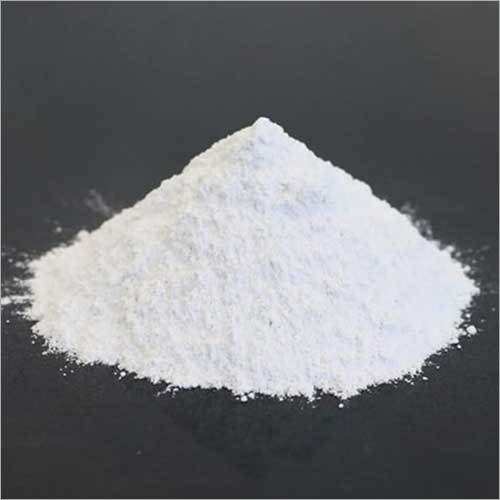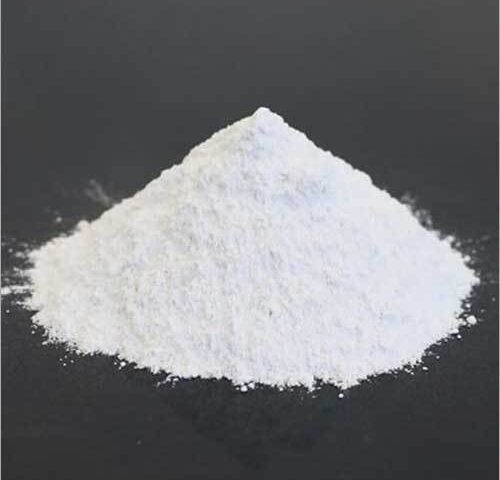The Numerous Uses of Calcium Carbonate in Refractory..

The Refractory Uses of Soapstone Powder
January 21, 2023
The Amazing Benefits of ACC for Refractory Applications
February 20, 2023
Introduction:
The many uses of calcium carbonate demonstrate its usefulness across a range of industries. This mineral is being used for everything from industrial fireproofing to personal care. To understand its practical applications and benefits, this report provides an overview of its five most common refractory uses. It will discuss the various advantages of calcium carbonate’s properties and the criteria needed to make these applications successful. By understanding the various forms in which calcium carbonate is used, it is hoped that one will gain a better appreciation of its wide-ranging applications.
Refractory Applications
Calcium carbonate is an essential element for many refractory applications. Its chemical stability and versatility offer the promise of long-term performance that is more durable and cost-effective than other similar materials. In some applications, it can also provide superior insulating properties to further enhance the performance of the product. In this section, we explore five of the most common use cases for calcium carbonate in refractory applications.
A. Ceramic Glazes:
Calcium carbonate is often used in ceramic glazes for both decorative and functional purposes. It acts as a fluxing agent, helping to bind the glaze to the ceramic surface and providing adhesion for goods made for use in food preparation. This adherence prevents chemicals from seeping through and into the food, making it ideal for this type of application. Additionally, when other ceramic pigments are added to the glaze, calcium carbonate helps to counteract their color variations, creating a richer and more consistent aesthetic.
B. Furnace and Kiln Lining:
Calcium carbonate is also an important material for lining furnaces and kilns. It is a highly heat-resistant material that can be easily customized to fit the size and shape of the desired space. This makes it perfect for the extremely high temperatures found in these spaces. It also has exceptionally low shrinkage, meaning it will not warp or crack at high temperatures, allowing it to last longer and provide lasting protection.
C. Molds:
Molds used in the manufacturing of various components require materials that are both strong and heat-resistant. Calcium carbonate helps to meet both of these criteria. It is incredibly hardy and resistant to pressure, making it an ideal material to ensure detailed parts can be accurately reproduced. Additionally, its low shrinkage and ability to resist high temperatures makes it a great choice for mass production because it will last significantly longer than similarly priced materials.
D. Glass Manufacturing:
Calcium carbonate is an important material for glassmaking, where it is used to reduce the melting point of the other glass components while also allowing the glass to form a strong bond with the other elements. Additionally, its low solubility makes it perfect for creating durable and water-resistant products. The superior performance and affordability of calcium carbonate mean that it is widely used in glassmaking and continues to be a cost-effective solution to keep production costs low.
E. Foundry and Steel Making:
In foundries and steelworks, calcium carbonate can be used in the production of steel to improve its strength and performance. It increases the steel’s toughness, making it easier to cast, while also helping to reduce its volatile organic compounds, making it less hazardous for workers in the industry. Additionally, its heat-resistant properties mean that it can be used for high-temperature forming, such as in open-die forging. When used correctly, calcium carbonate can increase the efficiency of the steel production process and provide a long-lasting, reliable product. You can find Mewar Microns as the leading Calcium Carbonate Suppliers in India.
Conclusion:
In conclusion, calcium carbonate is a highly versatile mineral with a wide range of industrial applications. Its affordability and performance-enhancing qualities make it an invaluable tool for many different industries. Its five major refractory uses – ceramic glazes, furnace and kiln lining, molds, glass manufacturing, and foundry and steel making – are all testament to its important role in industry. With an understanding of its properties and an appreciation of the benefits it provides to multiple aspects of industry, one can better understand and appreciate its potential uses.

